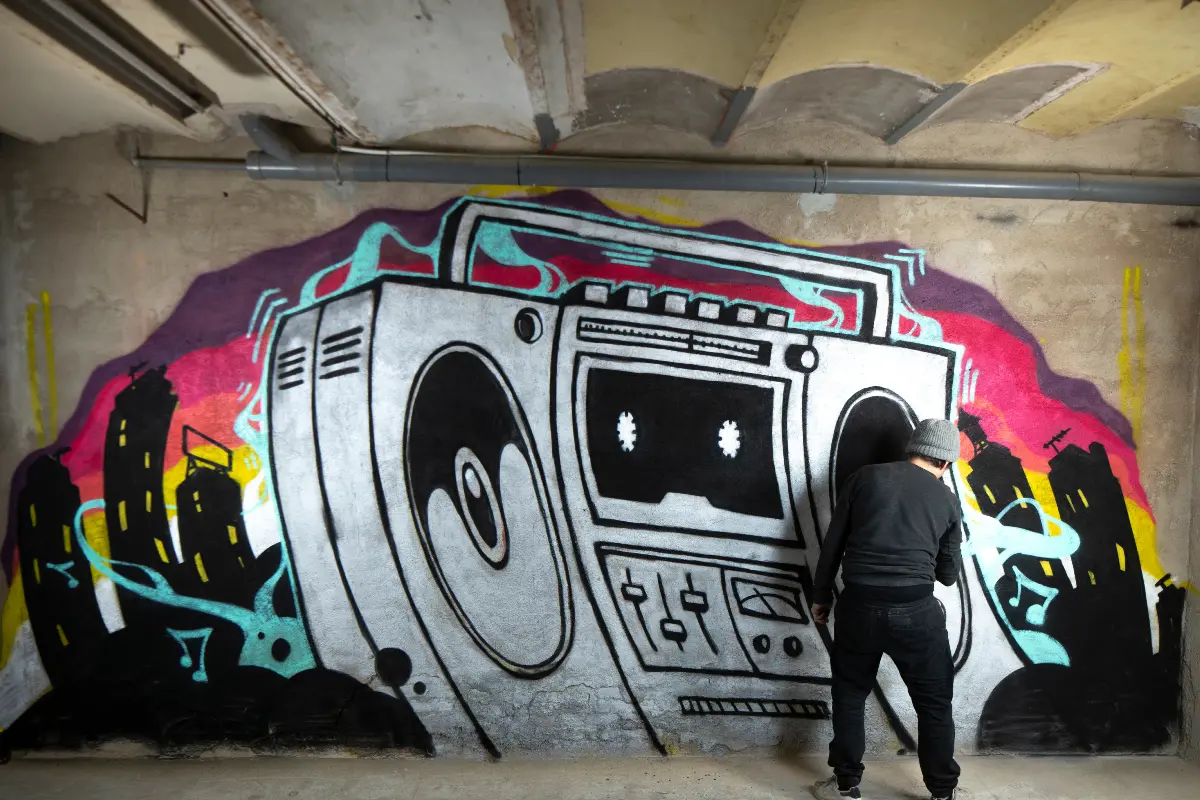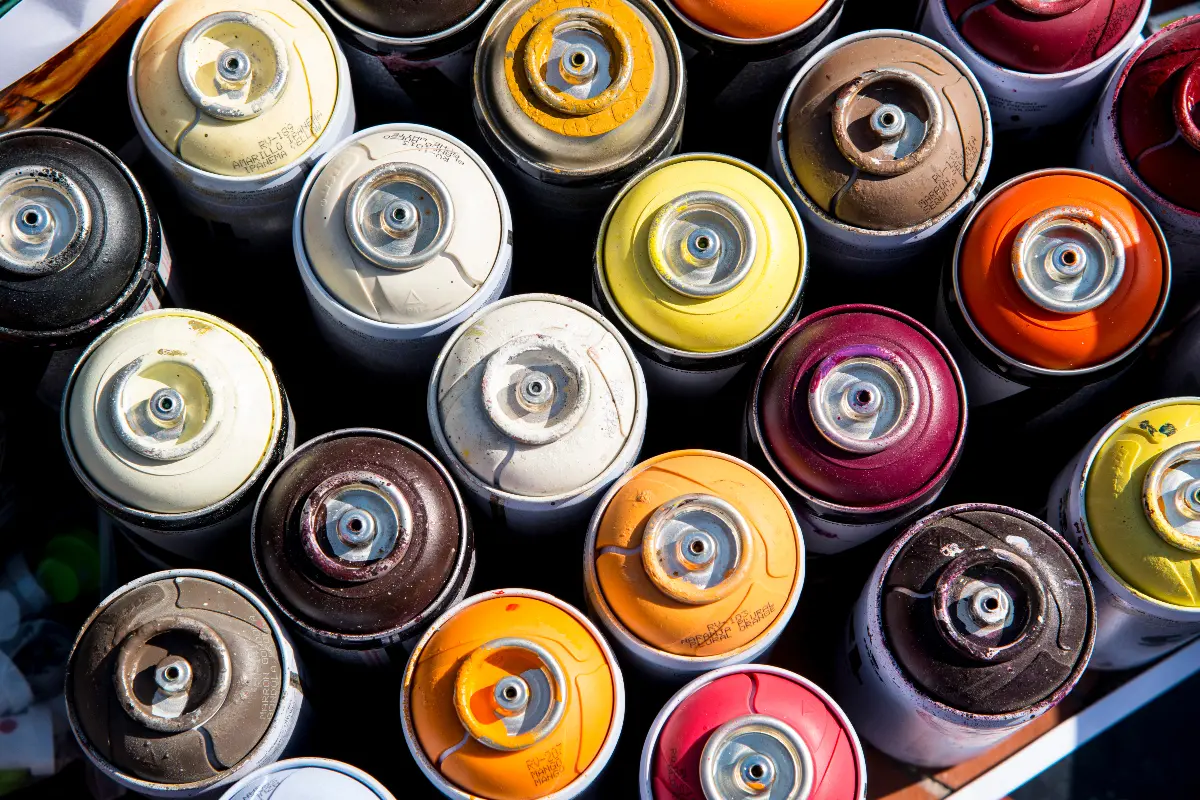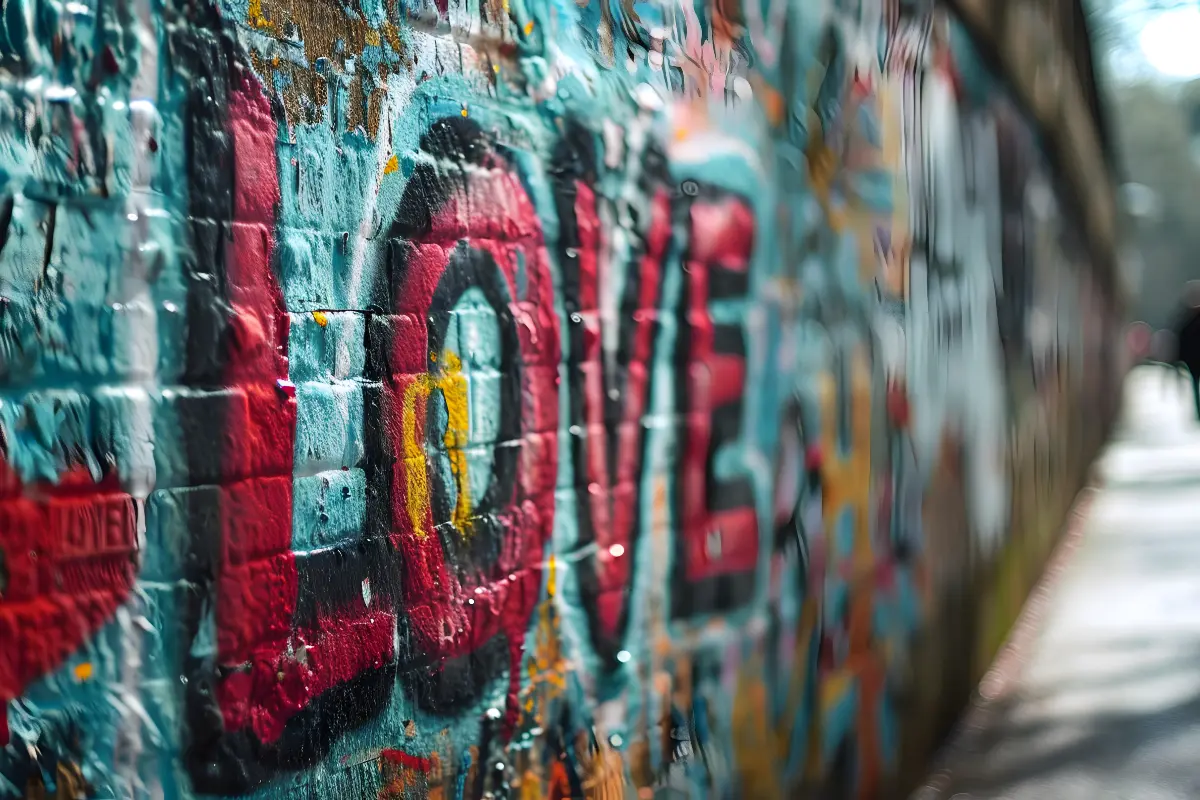Coloring the streets with vibrant hues and bold lines, graffiti art has long been an expressive and controversial form of urban expression. Once relegated to the realm of vandalism and crime, graffiti has climbed the ranks to be recognized as a legitimate and captivating art form, not only adorning city walls but also gracing galleries and museums worldwide.

The origins of graffiti are as old as human settlements, with examples dating back to ancient civilizations such as Egypt and Rome, where inscriptions and drawings were found on walls. However, the contemporary graffiti movement as we know it began to take shape in the late 1960s and early 1970s in New York City. Here, young people began to write their names, or 'tags', on subway cars and buildings, seeking notoriety and a means of self-expression.
As the movement evolved, so did the styles and techniques. Tags turned into larger and more elaborate pieces, known as 'throw-ups' or 'pieces' (short for masterpieces), that required more time and effort, showcasing the artist's skill. These would often have 3D effects, bubble letters, and vibrant color palettes.

What sets graffiti art apart is its accessibility and public presence. Unlike traditional artworks confined within galleries, graffiti can be seen by anyone wandering through an urban landscape. It's free, both in terms of price and in the sense that it's unconstrained by the conventional rules of art. It's democratic, providing a voice to those who may feel marginalized or unheard in society.
The diverse nature of graffiti is perhaps best illustrated by its vast array of styles and forms. From stencils popularized by the enigmatic Banksy, to the intricate wildstyle pieces that involve interlocking letters and symbols, or the politically charged murals of artists like Blu, the medium can be as varied as the artists themselves. Some create purely for aesthetic pleasure while others use their work to communicate messages about politics, society, or culture.
One interesting development has been the adoption of graffiti into mainstream culture. Once seen as a fringe activity, elements of graffiti have been incorporated into advertising, graphic design, and fashion. Some artists have even gained such prominence that their work sells for hundreds of thousands, if not millions, of dollars at auction.
This transition from subculture to mainstream has not been smooth for some within the graffiti community, as it raises questions about selling out and the commercialization of a form founded on rebellion and anti-establishment sentiments.

Another vital aspect of graffiti is its role in community-building and social intervention. In many cities around the world, street art projects are embraced as tools for revitalization and social change, bringing beauty and conversation to neglected neighborhoods. Additionally, they create a sense of ownership and pride among local residents.
Technology has also played a role in the evolution of graffiti art. The internet has allowed for graffiti artists to share their work with a global audience, fostering an international community and drawing inspiration from different cultures and styles. Social media platforms, in particular, have become virtual galleries, with artists gaining significant followings and recognition.
Despite its growth and wider acceptance, graffiti still exists in a precarious legal position. Many cities have strict anti-grffiti laws, and artists can face steep fines or jail time. The ephemeral nature of the work also means that a stunning mural might only last a day before it is painted over.
This transient nature adds to the allure of graffiti—it is immediate, dynamic, and constantly in flux. To truly appreciate the art form, one must wander the streets and take in the sights, sounds, and stories that are depicted on the walls. There is a constant dialogue between the artist and the urban canvas, one that reflects our times and the pulse of city life, with each layer of paint representing a new voice in the conversation.

In essence, graffiti art embodies the heartbeat of the communities from which it arises. The works are as vibrant, diverse, and complex as the individuals that pass by them each day. As cities continue to evolve and as discussions around public space and expression advance, graffiti will undoubtedly remain a critical and fascinating fixture of the urban landscape, inviting onlookers to witness the world through the eyes of those who hold the spray cans.
While graffiti art may not be everyone's preferred aesthetic, its significance and impact on contemporary culture and urban spaces cannot be underestimated. It challenges us to redefine what we consider art, to reevaluate how we engage with our environment, and above all, to keep our eyes open to the splashes of color and messages that line the streets we walk, in the fascinating world of graffiti art.
